Whatever happened to the world’s most expensive drug?
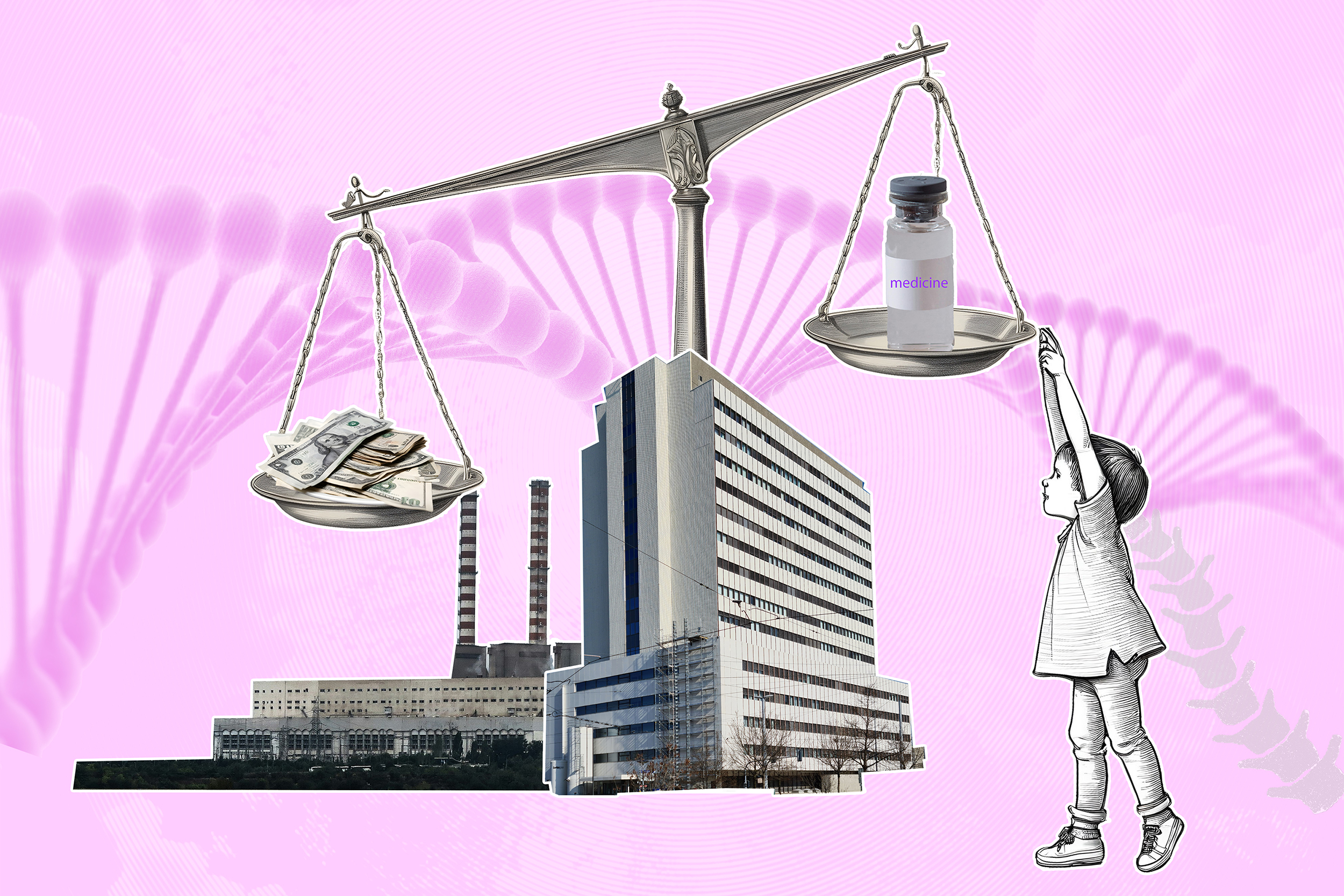
Zolgensma, a one-off treatment for infants born with a rare and often fatal genetic disease, came to the market five years ago at an eye-watering $2.1 million. But its Swiss manufacturer Novartis is now under growing pressure as annual sales decline and new markets prove tough to crack.
When Novartis CEO Vas Narasimhan presented the company’s 2023 annual results in January, Zolgensma didn’t even get a mention. Launched with great fanfare in 2019, it was the first gene therapy to treat spinal muscular atrophy (SMA) – a rare neuromuscular disorder and the leading genetic cause of infant mortality worldwide.
The one-time infusion was originally touted as a potential cure for SMA and one of the Swiss pharmaceutical giant’s six major growth drivers with multibillion-dollar sales potential. The consensus estimate among analysts at the time was that sales could reach $1.9 billion (CHF1.7 billion) a year, although one investment bank’s forecastExternal link was as high as $2.8 billion. In 2021, sales jumped 46% to $1.35 billion after the European Medicines Agency gave conditional authorisation for the treatment in 2020.
But Zolgensma, the brand name for the drug, onasemnogene abeparvovec, has failed to maintain this momentum. In 2022 global sales rose by just 1% in dollar terms and in 2023 they fell by 11% to $1.21 billion. In the United States, its single biggest market, sales dropped 14% last year to $372 million, the second straight annual decline.
This comes as little surprise to Matthias Bünte, Zurich-based managing partner at consultancy Roland Berger who specialises in pharmaceutical firms’ market access and growth strategies. “After the initial growth phase in major markets, sales are limited by the birth rate of eligible SMA patients,” said Bünte. “This is to be expected for a one-off treatment. It’s not like a chronic treatment which provides a continued revenue stream that grows with every new patient.”

More
How drug prices are negotiated in Switzerland and beyond
The drop-off in Zolgensma’s sales and its fading prominence in Novartis’ earnings call is a far cry from the upbeat outlook the company gave when it bought the drug’s developer, Nasdaq-listed start-up AveXis, in 2018 for $8.7 billion to boost its gene therapy business.
One key reason for flatlining sales is that “established markets [such as the US] are treating mainly incident versus prevalent patients now”, a Novartis spokesperson told SWI in a statement. In other words, the company has already reached existing eligible SMA patients and in future can only rely on newly diagnosed patients to support the drug’s sales growth in these markets.
Other markets outside the relatively wealthy countries of the US and Europe have been difficult to penetrate as governments with tight healthcare budgets question whether the drug is effective enough to justify its price tag.
+ How can a drug cost $2.1 million?
The US Food and Drug Administration (FDA), widely considered the global gold standard for drug approvals, was the first to give the Zolgensma the green light in 2019 when it was priced by Novartis at a staggering $2.1 million, making it at the time the most expensive one-time treatment ever.
Although Zolgensma has been approved in 51 countries as of January 2024 and has treated more than 3,700 patients, only 35 countries offer commercial reimbursement, leaving many SMA sufferers unable to afford a potentially life-saving drug or having to resort to crowdfunding to raise the cash.
Justifying the price
SMA affects around 1 in 10,000 infants globally, which is around 300 babies a year in the US. It is caused by a mutation in the gene called SMN1, which prevents cells from producing enough of the protein SMN that sends vital signals to muscles. The shortfall impairs motor neurons, causing muscles to weaken.
Without treatment, babies with the most severe form of SMA might never be able to lift their heads or legs, and struggle to swallow and breathe. Most die by the age of two, often due to respiratory issues. SMA symptoms can also develop in adults but are less severe.
SMA is caused by the absence or a mutation in the SMN1 gene, which provides instructions for making the survival motor neuron (SMN) protein. This means little or no SMN protein is made causing motor neurons to become sickly and die, leading to progressive muscle loss.
All individuals with SMA have at least one “backup gene,” known as SMN2. Patients with more copies of this gene tend to have less-severe SMA, and will develop symptoms later in life.
SMA is classified into four clinical types based on age of onset and motor function. Type 1 (unable to sit independently and usually occurs in babies under 6 months); type 2 (able to sit independently but not walk); type 3 (independent walking) and type 4 (independent walking and adult onset). The most common form of SMA which affects 45% to 60% of sufferers is type 1. These infants typically don’t survive past the age of two without significant mechanical ventilatory and nutritional support.
Medical evidence shows that the earlier someone receives treatment, the better they respond. However, SMA is not included in newborn screening in many countries.
Drugs to treat rare diseases like SMA can take years and billions of dollars to develop. Companies sell them for a high price to recoup their investment and make up for the low number of patients.
Novartis justified Zolgensma’s price tag by arguing that it was a one-time infusion targeting the genetic root cause of the disease. By replacing a faulty gene with a functioning one, the drug would not only save lives but spare families and health systems a lifetime of costly treatment.
Before the gene therapy hit the market, the only other available treatment for SMA was nusinersen, launched as Spinraza by US company Biogen in 2016 and which cost $300,000-$500,000 per year over a patient’s lifetime. If taken for a decade, the drug, which is given as a spinal injection three times a year, would far exceed Zolgensma’s $2.1 million list price.
Novartis hasn’t explained how it calculated Zolgensma’s price and independent evaluationsExternal link offer wildly different estimates of how much it should cost – from $710,000 to over $2.1 million – adding to the controversy over the company’s rationale for charging such a high price.
The fact that so few patients had received the drug when it was priced also raised questions about its true value. Like many treatments for life-threatening rare diseases, Zolgensma was given the green light in the US, Europe and Japan on an accelerated approval timelineExternal link, which gives patients faster access to a potentially life-saving drug.
The FDA based its decision on a completed early phase and an ongoing late-stage trial involving fewer than 40 patients in total. The majority of infants who took Zolgensma survived, could breathe on their own, and reached milestones such as being able to sit up without support two years after taking the drug.
But progress varied significantly and some children experienced serious side effects including liver problems. The short timeframe also meant there was no data on how long the benefits of the drug would last. There were also few participants outside the US in trials.
The US and some wealthy countries limited Zolgensma approval to the youngest patients (under two years old) with the most severe form of SMA and where there was the strongest evidence of its safety and efficacy.
The European Medicines Agency authorised the drug for children who weighed up to 21 kilogrammes, which could include toddlers as old as five, but many member states would only reimburse treatment for those under six months of age.
The high-price hurdle
With limited growth potential in established markets, expanding Zolgensma’s geographic reach has become crucial for Novartis. But given competing health demands and limited budgets, many middle-income countries want more evidence that the drug justifies the asking price.
“With rare diseases, you have the challenge that you need access rapidly but at the same time you have drugs with extremely high prices and a lot of uncertainties. Sometimes you don’t really know the real clinical benefits,” Vera Pepe, a public health researcher and co-author of a paperExternal link on access to Zolgensma in Brazil, told SWI. “But this places the burden on society of funding extremely expensive medicines with limited evidence of clinical benefit and great uncertainties, with a huge opportunity cost, especially in universal health systems such as ours.”
The Brazilian government and Novartis spent over two years negotiating the price and terms and finally reached agreement at the end of 2022. The company agreed to provide the treatment to no more than 250 babies at $1.1 million per infusion and committed to conduct studies on the long-term effects of the treatment in Brazil.
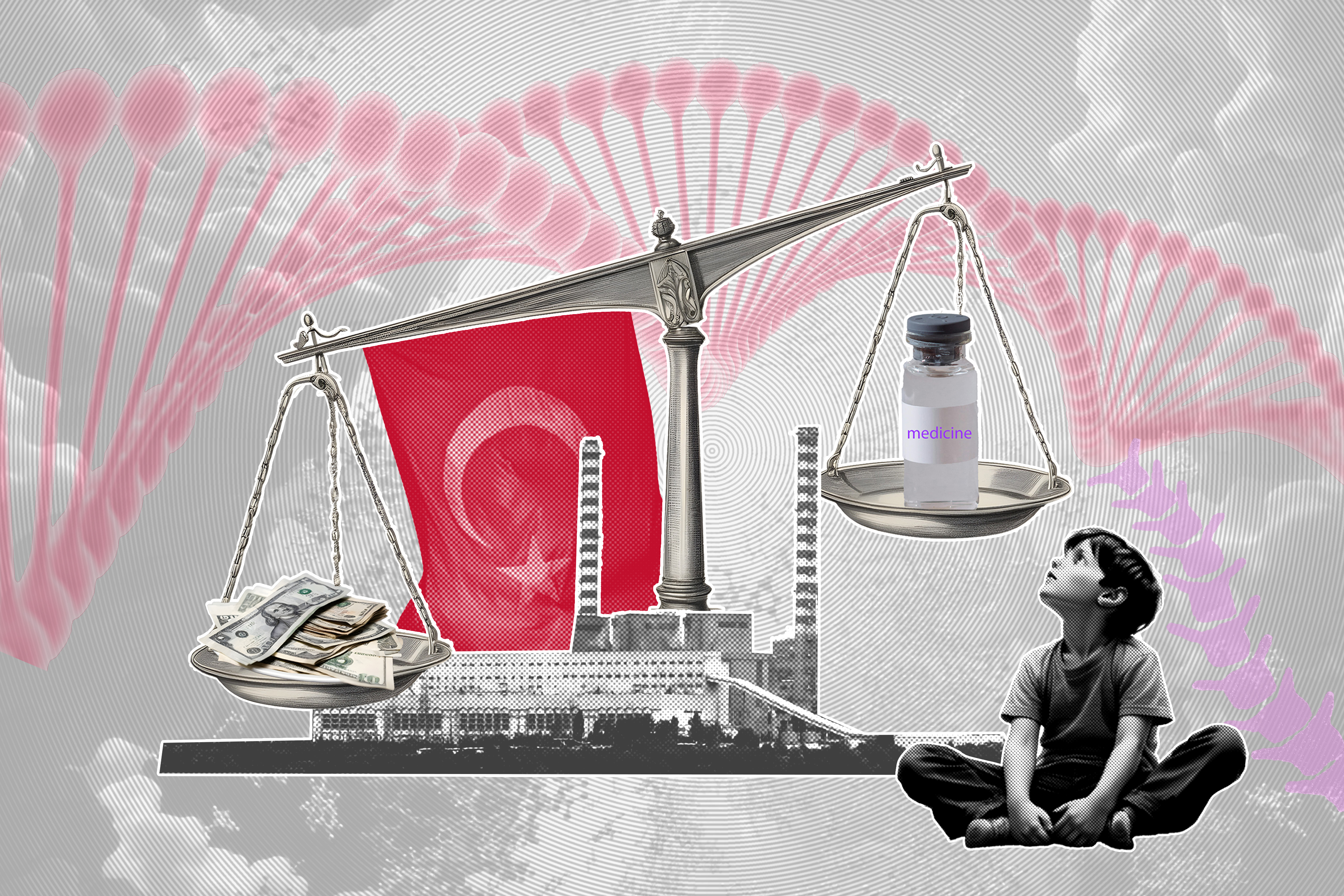
More
Turkey vs. Zolgensma: the battle over a $2.1 million drug
But other countries, including Turkey, continue to reject the drug on the grounds that there isn’t enough evidence of its safety and efficacy.
“Companies can no longer just come to the market with a two-million-dollar drug and expect governments to pay for it,” said Girisha Fernando, the CEO of Lyfegen, a global provider of drug pricing and rebate management solutions. “They need to offer more than that.”
Novartis has said it wants to find ways to make Zolgensma accessible in middle-income countries, and is offering discounts, installment payment plans and risk-sharing agreements to insurance providers and national health authorities, where payment is dependent on pre-agreed outcomes.
Last year, the company signed such a deal with Argentina’s national health payer to provide Zolgensma at $1.3 million. Payment will only be made if “results observed in the patients match what is expected according to available scientific evidence” according to a copy of the contract in the Lyfegen agreements libraryExternal link.
For the families of children suffering from SMA, the wait for access is agonising. The longer children have to forego treatment, the more their condition deteriorates and cannot be reversed with Zolgensma.
“It’s very stressful for the community of parents because lives are lost,” said Vanina Sanchez, president of the SMA association FAME Argentina whose son has SMA. “When you are talking about babies with type 1 – the most severe form of the disease – they really don’t have time” to wait, she said.
Data dilemma
Novartis has been helped to some extent by the results of more clinical trials and so-called real-world dataExternal link from healthcare providers globally that show positive outcomes for many patients receiving the therapy.
In March 2023, Novartis’ own studiesExternal link showed that patients who took Zolgensma as infants maintained major motor milestones such as sitting up and were able to breathe without assistance seven years after taking the drug. Older children with less severe forms of the disease who received a newer version of the drug at a higher dose also improved.
+ The Swiss start-up upending how the world pays for medicine?
However, some patients stopped making progress and 24 of 81 children in the studies were subsequently treated with other SMA drugs. Other studies, including oneExternal link in Switzerland involving nine patients, underscore the huge range of possible outcomes.
The growing body of trial and treatment results shows that the initial hype over Zolgensma as a one-time cure for SMA sufferers has not been borne out in reality.
“Parents are expecting their child will be cured because that’s how the gene therapy was announced at first. This created wrong expectations for a disease that is highly complex and still not fully understood,” Nicole Gusset, who heads the patient advocacy groups SMA Europe and SMA Switzerland and has a daughter with SMA, told SWI. “Cure is a big word and must be used sparingly. A stabilisation of the progression of a disease or the absence of visible symptoms are enormous successes but do not automatically mean that a disease is cured.”
Novartis also faces more pressure as other drugs that treat SMA come on the market. In 2020, the US FDA approved ridisplam, sold as Evrysdi, from Swiss rival Roche, for older children and adults with SMA. The approval was recently expanded to cover infants younger than two months, making it a more direct challenger to Zolgensma.
Evrysdi comes in pill and syrup form, which makes it easier to administer than a gene therapy and costs $100,000- $350,000 a year depending on the patient’s weight. Evrysdi has been approved in over 100 countries and used to treat more than 11,000 SMA sufferers globally.
“All of the treatments have the capacity to stabilise the disease’s progression,” said Gusset. “What we don’t know at this stage is which treatment is working best in which population or in which individuals.”
Experts at the Swiss Rare Disease Registry set up by the University of Bern agree, telling SWI in an email that globally there isn’t enough evidence to determine which of the three therapies (Spinraza, Zolgensma and Evrysdi) is superior.
The right price
Other gene therapy developers, who are pouring billions into new drugs, are watching closely how the Swiss pharma giant navigates these headwinds. There are over 1,500 ongoingExternal link clinical trials for cell and gene therapies registered with US authorities and last year the FDA approved five, including two for sickle cell disease that had list prices higher than Zolgensma – at $2.2 million and $3.1 million.
In March, Orchard Therapeutics set a new record with a price tag of $4.25 million in the US for Lenmeldy (also called Libmeldy), a gene therapy for metachromatic leukodystrophy, an ultra-rare genetic condition that attacks the central nervous system of young children. The disease affects roughly 40 new-born babies a year in the US.
“There is pressure on governments to make new drugs available to patients,” said Kerstin Noëlle Vokinger, a drug pricing expert and professor at the law and medicine faculties at the University of Zurich. “This is understandable because patients with rare or deadly diseases, need treatments. But the problem is how can you negotiate a drug’s price when you don’t know its real therapeutic value?”
Gene therapies are already disappearing as a result of price disputes. At least seven out of 25 approved cell and gene therapies have been withdrawn by drugmakers from the marketExternal link in Europe. The most prominent was Zynteglo, a treatment for the blood disorder beta-thalassemia. Its maker, US-based Bluebird Bio, closed its EU operations after multiple disputes over the drug’s price.
“A big worry is that drugs are being removed from the market because they are too expensive or aren’t selling,” said Kelly Ormond, a genetic counselor and researcher at the Health Ethics and Policy Lab at the federal technology institute ETH Zurich. “If we want to be able to take advantage of the promise of precision medicine like gene therapies, we have to sort out how we pay for them.”
Edited by Nerys Avery/vm

In compliance with the JTI standards
More: SWI swissinfo.ch certified by the Journalism Trust Initiative










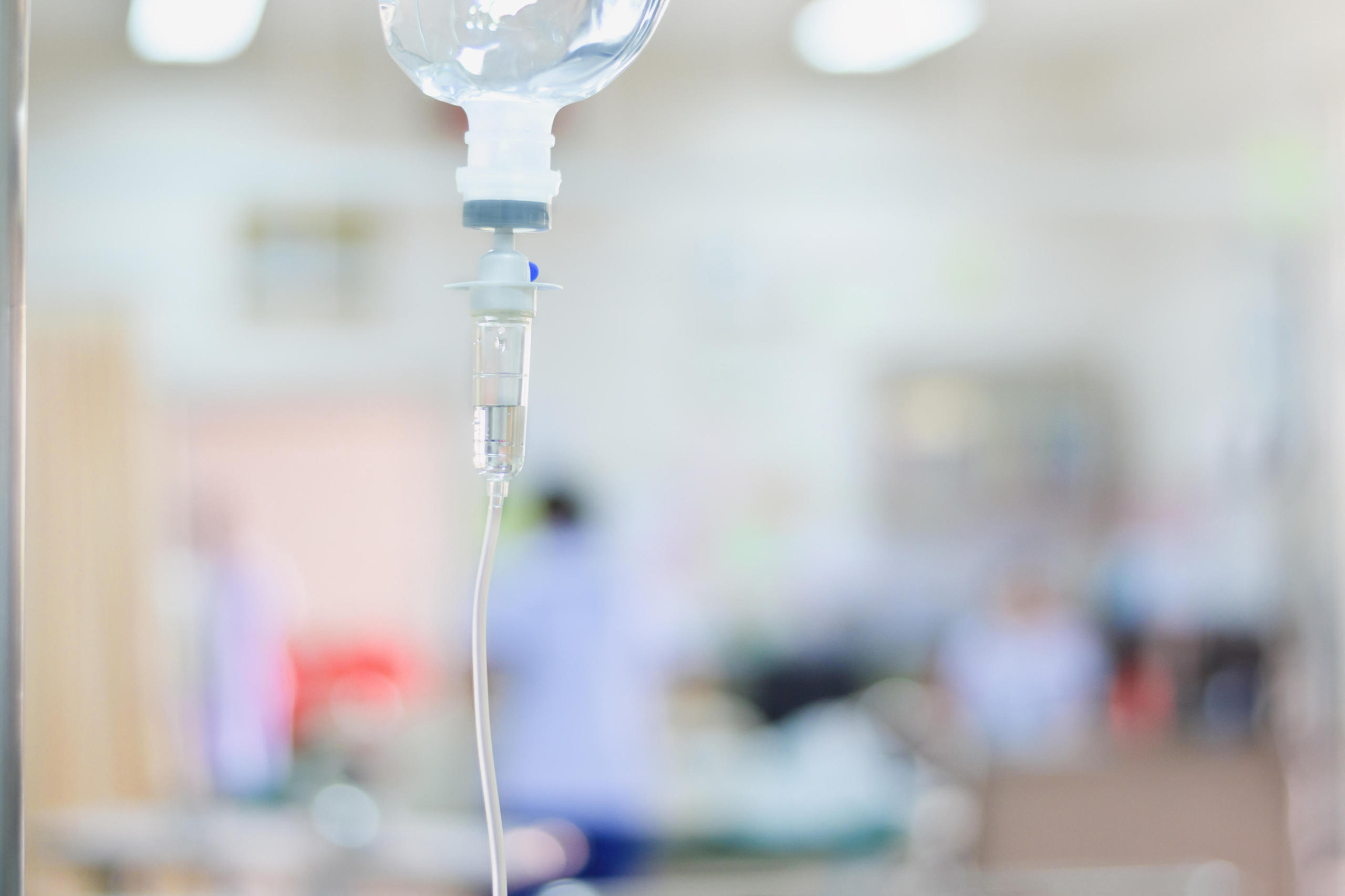
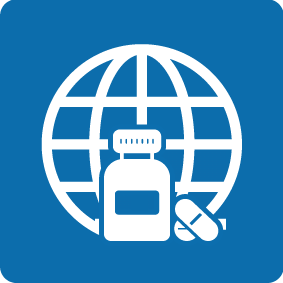
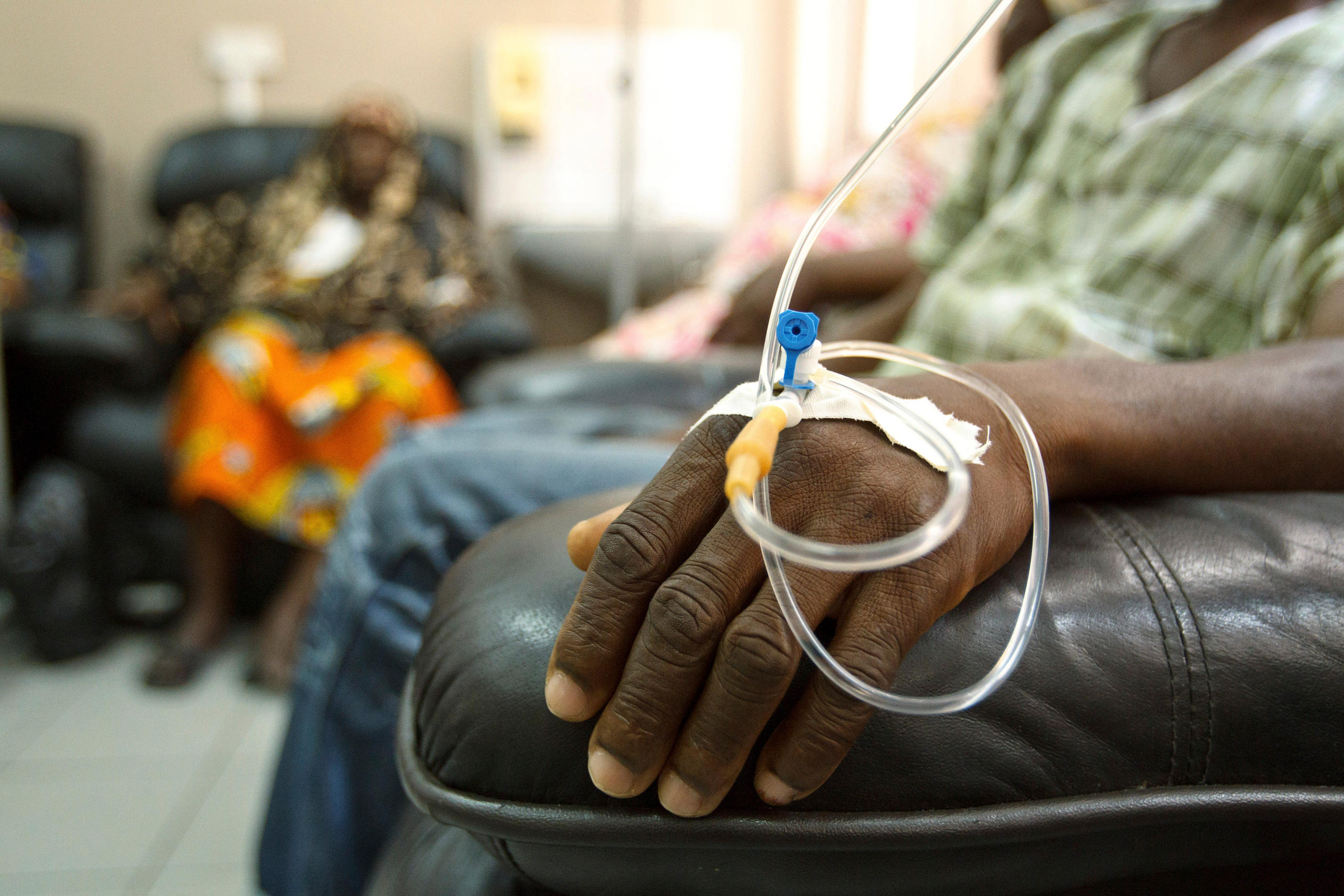
You can find an overview of ongoing debates with our journalists here . Please join us!
If you want to start a conversation about a topic raised in this article or want to report factual errors, email us at english@swissinfo.ch.